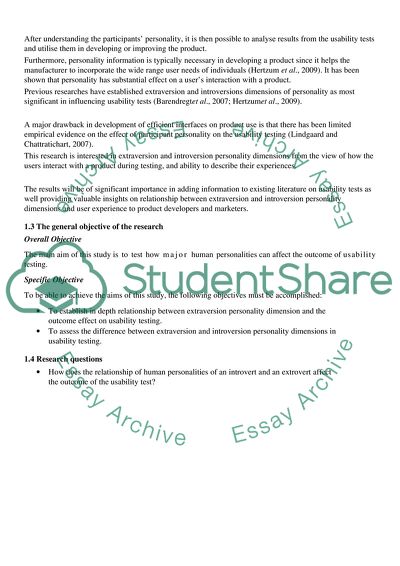Cite this document
(Human Personalities in Usability Tests Research Paper Example | Topics and Well Written Essays - 4750 words, n.d.)
Human Personalities in Usability Tests Research Paper Example | Topics and Well Written Essays - 4750 words. https://studentshare.org/psychology/1871361-proposal
Human Personalities in Usability Tests Research Paper Example | Topics and Well Written Essays - 4750 words. https://studentshare.org/psychology/1871361-proposal
(Human Personalities in Usability Tests Research Paper Example | Topics and Well Written Essays - 4750 Words)
Human Personalities in Usability Tests Research Paper Example | Topics and Well Written Essays - 4750 Words. https://studentshare.org/psychology/1871361-proposal.
Human Personalities in Usability Tests Research Paper Example | Topics and Well Written Essays - 4750 Words. https://studentshare.org/psychology/1871361-proposal.
“Human Personalities in Usability Tests Research Paper Example | Topics and Well Written Essays - 4750 Words”. https://studentshare.org/psychology/1871361-proposal.


